5 Ways on How to Prevent/ Avoid a Flat Bike Tire

An ounce of prevention is worth 100 psi of cure when it comes to your tires and their lifespan. Unfortunately, flats are part of riding and bound to happen to every cyclist at some point—but there are precautions you can take to reduce their likelihood.
Here are six expert tips to prevent a flat tire from slowing you down on your next ride. (Our last post about When to Replace Your Electric Bike Tires might give you more helpful thoughts.)
1 Final Check Before Starting the Bicycle Trip
Before you start to ride, please carefully check the surface of your bicycle tires, and clean the glass slag, small stones, and other hard and sharp objects on the tires in time to avoid puncturing the tires during riding. In addition, check whether the tires are seriously worn. Smooth tires may cause safety accidents. If the tires are worn out, you need to bring a spare tire and some tools to deal with the situation that the tire cannot be repaired. Of course, we also considered these issues when manufacturing bicycles.
2 Pay Attention to the Tire Pressure
First and foremost before you head out for a ride you should follow the ABC technique - Air, Brakes, Chain. Make sure you are riding with the proper bike tire pressure.
Each bike tire has a preferred air-pressure range and after some time you'll develop your own sense of what feels right within that range. Pressure is measured in PSI (pounds per square inch). Look on the tire's sidewall for the recommended pressure.
Bike Tire Pressure PSI Guide
* Road tires should run between 100 to 140 psi.
* Mountain bike tires should run between 30 to 50 psi.
* Urban and casual bike tire should run between 60 and 80 psi.
Under-inflation can lead to pinched flats. When you hit a bump and your under-inflated tire compresses all the way to the rim, causing two small holes that resemble a snake bite. Over-inflation, on the other hand, doesn't cause flats although it's possible to blow out the tube if you head over a bump.
Use a tire pump to check your pressure, ideally a floor pump before you head out on your ride. Higher-end tire pumps will include a psi gauge, but if you have a lower-end pump, you'll need a separate pressure gauge. PRO TIP: save money and get a pump with both! Be sure to know whether you have a Presta or Schrader valve stem (the slimmer Presta valve needs to have the top nut unscrewed before checking pressure).
3 Go With Tubeless Tires Or Not
Lots of people strongly recommend tubeless tires especially on mountain bikes. But before you really choose it, you need to know that there are two types of tires: inner tubes and tubeless tires. Each has pros&cons. Tubeless tires have good heat dissipation and flexibility, but they cannot be overloaded or pull heavy objects, and the sides of the tire are very fragile, because most of them are not heavy-duty tires. On the contrary, a tire with an inner tube is capable with heavy stuff easily. Inner tubes can increase the air pressure to bear the weight. On this point, we chose tires with inner tube for the weight of a beast. However, the most annoying disadvantage of inner tubes is that once it is punctured, it will quickly leak. You can do nothing but change another inner tube. Going with tubeless tires is definitely a great choice but sometimes you need to make everything under your consideration.
4 Tube Sealants
This option is handy because you can repair an existing flat tire with it or use it as a preventive measure to avoid future flats. The concept is simple: Squeeze in a bit of sealant through the valve stem to coat the inside of the tube. In the case of a small puncture or cut, the sealant quickly fills the leak and creates a plug that often outlasts the tube or the tire around it.
Some tubes (with both Schrader and Presta valves) come pre-filled with sealant to offer a preventive approach to flat tires. These tubes are typically a thicker thorn-resistant variety, that when pre-injected with Slime, offer an excellent flat-avoidance strategy. The downsides to sealants? Some can be a little messy to install, and sealants alone do not protect against large gashes or cuts.
5 Rim Tape Is Useful
It’s not just sharps from the outside, the rim itself will cause flats, too. The rim is made by metal and it’s as hard as you can imagine. Edges, valve holes, and spoke holes are the risky part. Those parts are rough rather than being smooth. If you disassemble the tires (or inner tubes), and stick some smooth tapes on the bed of your rim, it would greatly reduce the possibility to get flats. We have to tell you it’s useful no matter you have road tires, fat tires, tubeless or inner tubes.
6 Bicycle Tire Liners
Bicycle tire liners are a very effective and simple solution to the problem. A tire liner is simply a belt of extruded plastic that is used as a fairly impenetrable barrier between the tire and the tube. To install it, first inflate your tube just enough to get it to hold its shape like one of those balloon animals. Then line the interior of your tire with the liner. At this point, the liner might not want to stay put, so go ahead and put your slightly inflated tube into the tire, pressing the liner firmly between the tire and tube. Go all the way around the tire and make sure that the liner is nicely centered because you want the tread area to get the protection. Please note that tire liners do not protect the sidewalls, but there are other solutions for that.
7 Replace Your Tires Regularly
While it’s tempting to get the most mileage that you can out of your tires, pushing the limits of their lifespan will inevitably end in a flat. Mileage can range from 1,000 to 5,000 miles and varies by tire type. Even if you don’t track your mileage, you should replace a tire if it has dry rot or if the threads are visible.
Except the above six tips to prevent a flat tire, a daily maintenance about tires can help extend the service life of tires. We hope it will be helpful to everyone’s riding. Please remember the principle of safety first and protect yourself and your family so that you can have more pleasant journeys with your Hovsco Ebike in the future.
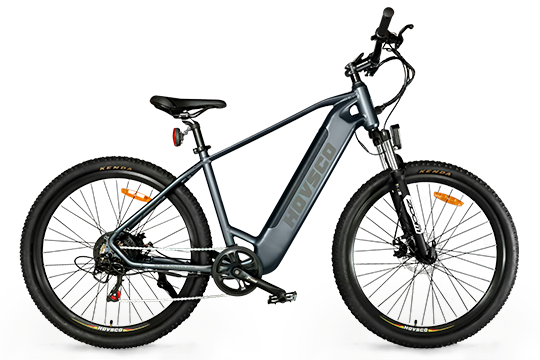
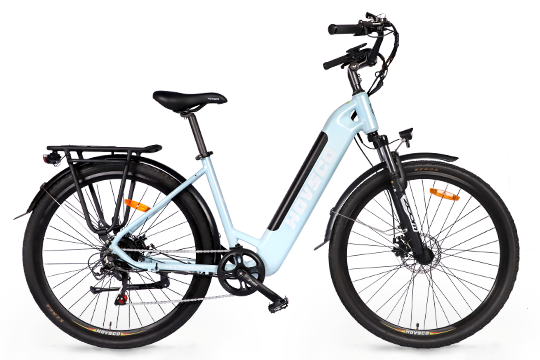

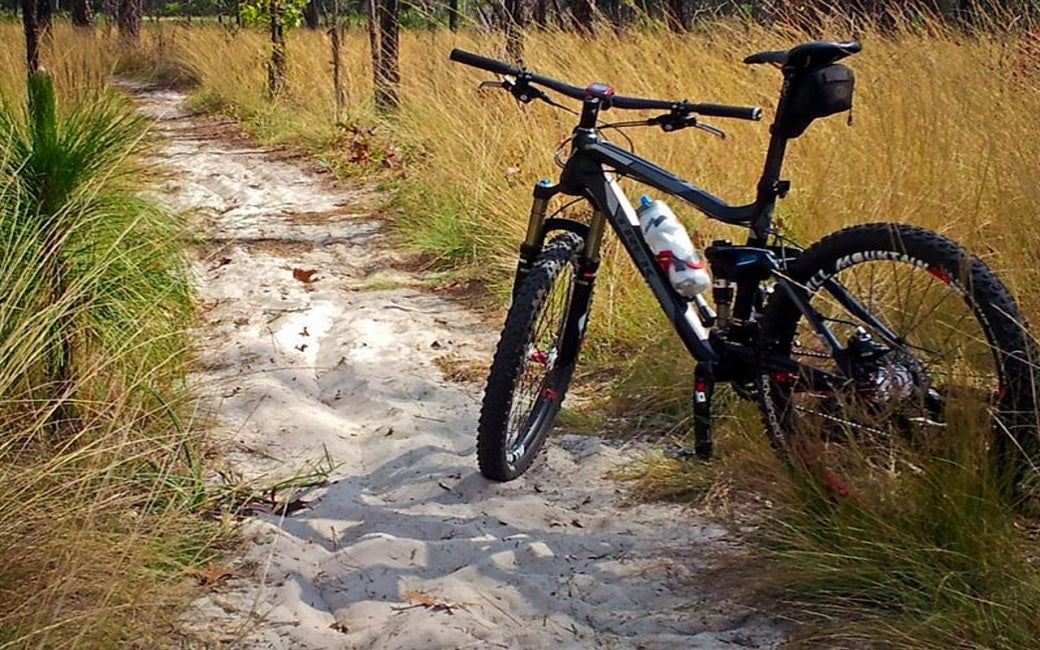
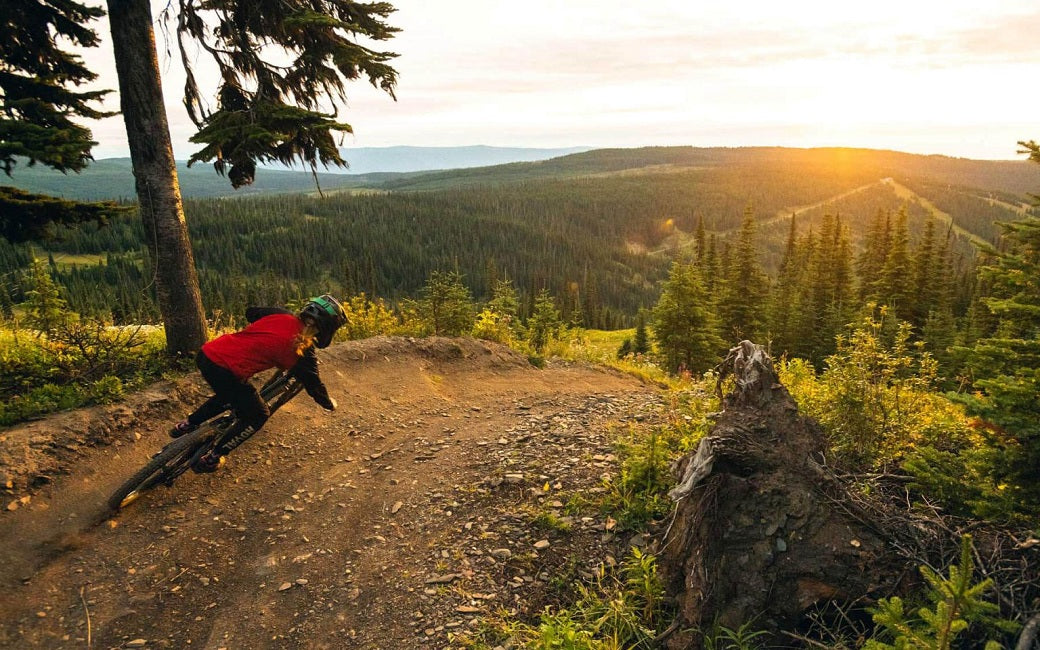
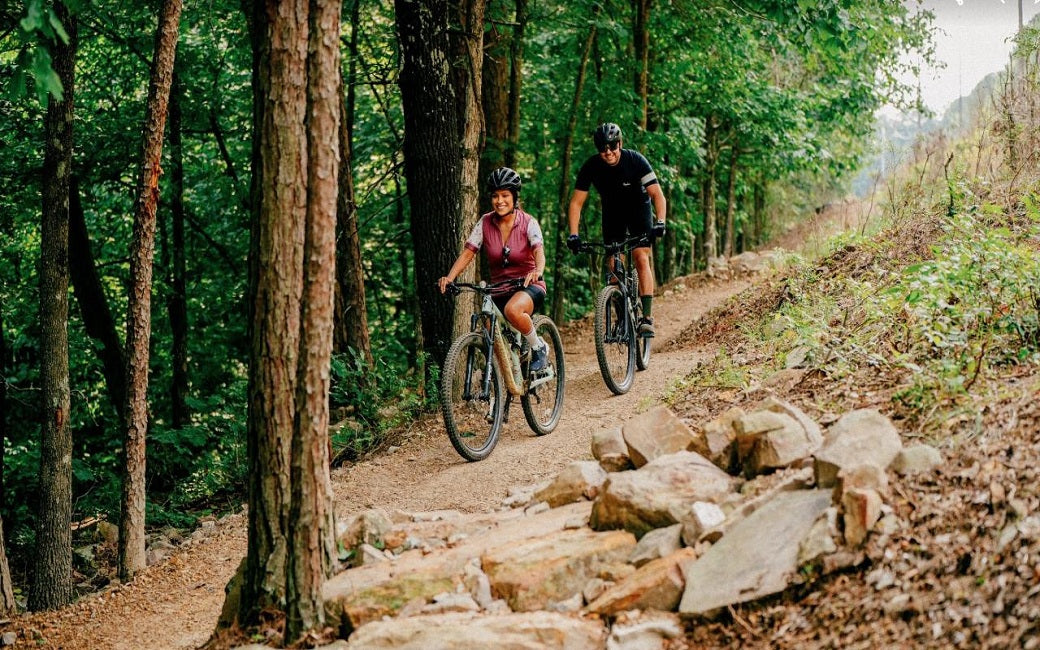
Leave a comment